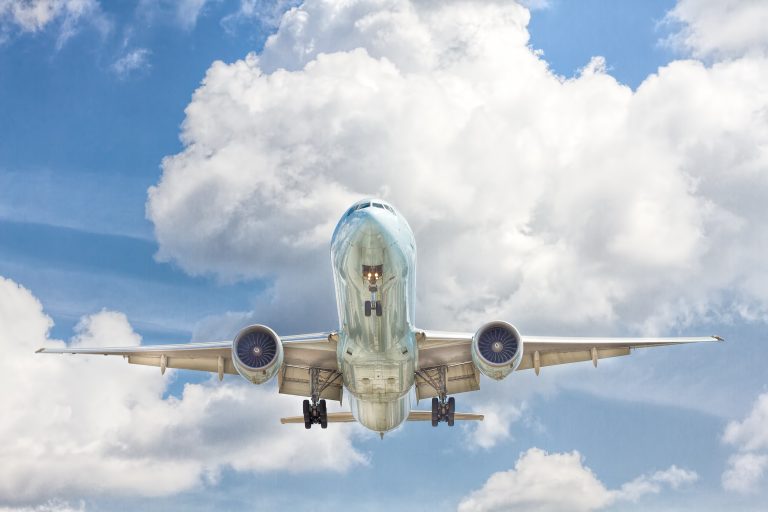BSS 7239 Toxicity Test
VTEC Labs: An International Leader in BSS 7239 Testing

At VTEC Laboratories, we're in the business of keeping your company safer through our comprehensive toxic gas testing solutions.
One such service is Boeing Safety Standard (BSS) 7239 toxicity testing, used to enhance safety in aircraft and railroad facilities.
With ISO 17020, 17025 and 17065 accreditation and approval to serve as a vendor for organizations such as the Port Authority of New York, we offer effective solutions to make your workplace safer.
What Are BSS Tests?
Boeing Safety Standard or BSS 7239 tests are flammability tests that measure the concentration of poisonous gases that specific materials create during combustion.
The BSS 7239 test measures the concentrations of the following gases:
- Nitrogen oxide
- Carbon monoxide
- Hydrogen fluoride
- Hydrogen cyanide
- Hydrogen chloride
- Sulfur dioxide
What Does the Boeing Safety Standard 7239 Test For?
The BSS 7239 Generation of Toxic Gases Standard measures the flame toxicity of coatings, textiles and composites used in the railroad, aircraft and government sectors.
This testing is essential for these industries, as their materials must meet specific parts per million (PPM) standards.
The toxic gas testing results reveal how much toxic gas is produced during material combustion.
How to Perform the BSS 7239 Toxicity Test
The testing measures the amount of gases emitted when you burn a material a few inches above a flame in a contained setting.
Researchers can use multiple methods to determine toxicity levels, like spectrophotometry, since all compounds absorb light in different ways.
To perform this test, our lab shines a light through the smoke created from burning a material sample to determine the concentrations of the compounds present.
Tests You Can Perform in Combination with the BSS 7239 Standard
One can perform the BSS 7239 test in combination with the ASTM E162 and ASTM E662 tests. The ASTM E162 test involves placing materials under a radiant heat source to determine factors such as flame spread and heat evolution.
The ASTM E662 test, however, measures the smoke density of materials after they combust. For example, one can use a spectrophotometry test to measure the toxicity levels of the smoke generated in an ASTM E662 test.
Contact VTEC Labs for Expert BSS 7239 Testing
At VTEC, we pride ourselves on offering fast turnaround times for our Boeing Safety Standard 7239 testing so you can continue operating safely and maintaining high productivity levels.
To learn more about BSS 7239 testing and its many benefits, contact us today or request a free quote.
Recommended Tests to Pair with BSS 7239:
- ASTM E162 - Surface Flammability Test
- ASTM E662 - Smoke Density Test
- ASTM E1354 - Cone Calorimeter Test
- BSS 7238 - Flammability Testing of Aircraft Materials
- SMP-800C - Toxic Gas Generation Testing
Learn More About VTEC Services
For more than three decades, we’ve perfected our testing capabilities to provide comprehensive services that meet each important field’s unique standards, needs and objectives. Vital industries count on us for expert testing, listing, labeling, and inspection with quick turnarounds.
Learn more about our services by contacting us online or calling us at (718) 542-8248.
